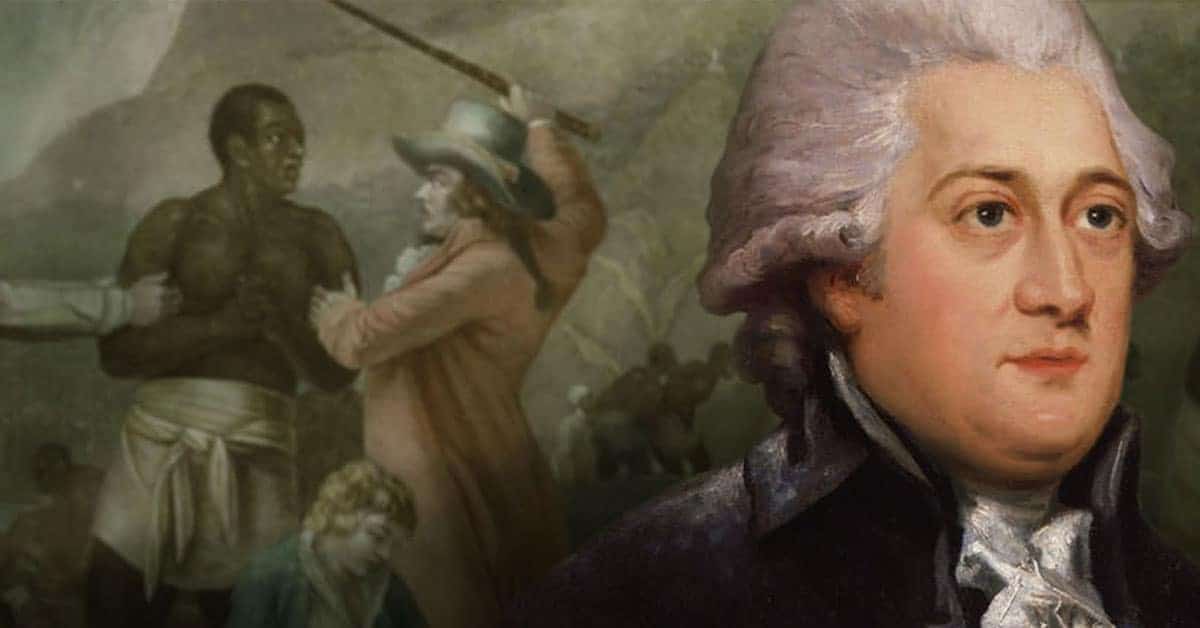Thomas Clarkson was a British abolitionist who was responsible for gathering information and support that led to the abolition of the British slave trade in 1807. He was also a leading campaigner against the end of slavery worldwide, devoting his entire life to the cause. He wrote many pamphlets and books on the subject of abolition, and he was part of an elite group of British abolitionists that created a grassroots movement to end the slave trade.
Clarkson was well-known globally for his efforts, maintaining transnational contacts for his entire life on the subject of abolition. He spent his whole life dedicated to anti-slavery and is revered to this day as one of the leaders of the British abolitionist movement.
Born on March 28, 1760, Thomas Clarkson was the son of an Anglican priest. He was an extremely bright boy, attending his father’s school at Wisbech Grammar School and later moving on to St. Paul’s School in London. In 1779, Clarkson began his undergraduate studies at St. John’s College at Cambridge. He greatly enjoyed his time at Cambridge, where he was an excellent student, even though he had a reputation for being an earnest and devout man.
In 1783, Clarkson received his bachelor’s degree. He had planned on following his father into the church, becoming ordained as a deacon, but never taking any orders. He continued his studies at Cambridge, where he entered a Latin essay contest in 1785. The competition, which he won, was titled, “Is it lawful to enslave the unconsenting?” In his research, Clarkson consulted the works of Quaker abolitionist Anthony Benezet and first-hand accounts of people who worked or survived the slave trade.

Winning the essay contest changed Clarkson’s life. He contemplated what he had learned and decided to devote his entire life to ending the slave trade and slavery. He published his award-winning essay in English in 1786. An Essay on the Slavery and Commerce of the Human Species, Particularly the African, Translated from a Latin Dissertation brought him to the attention to other abolitionists, many of whom were already established in the movement and had published anti-slavery works. Together they sought a wider audience for their campaign by introducing it into the House of Parliament.

